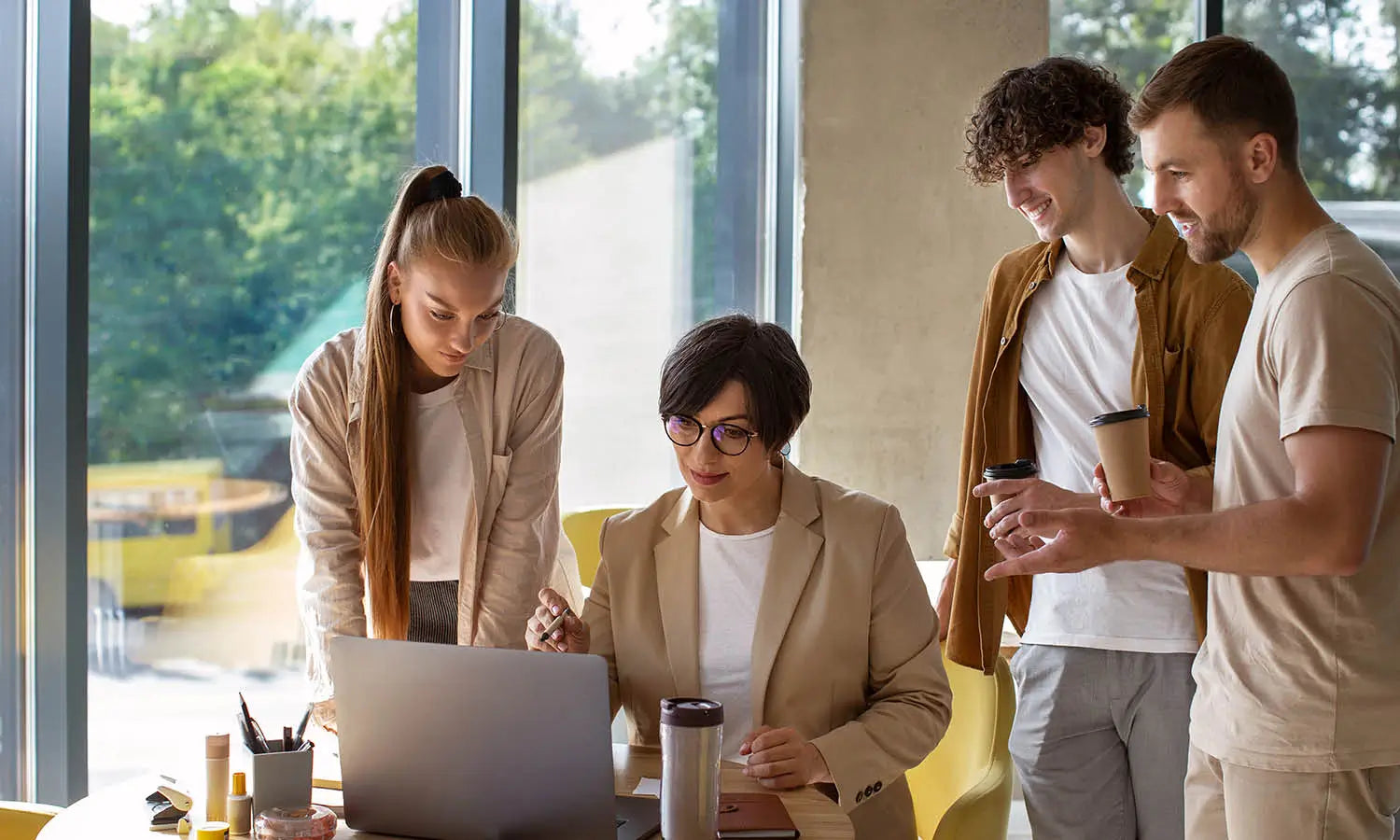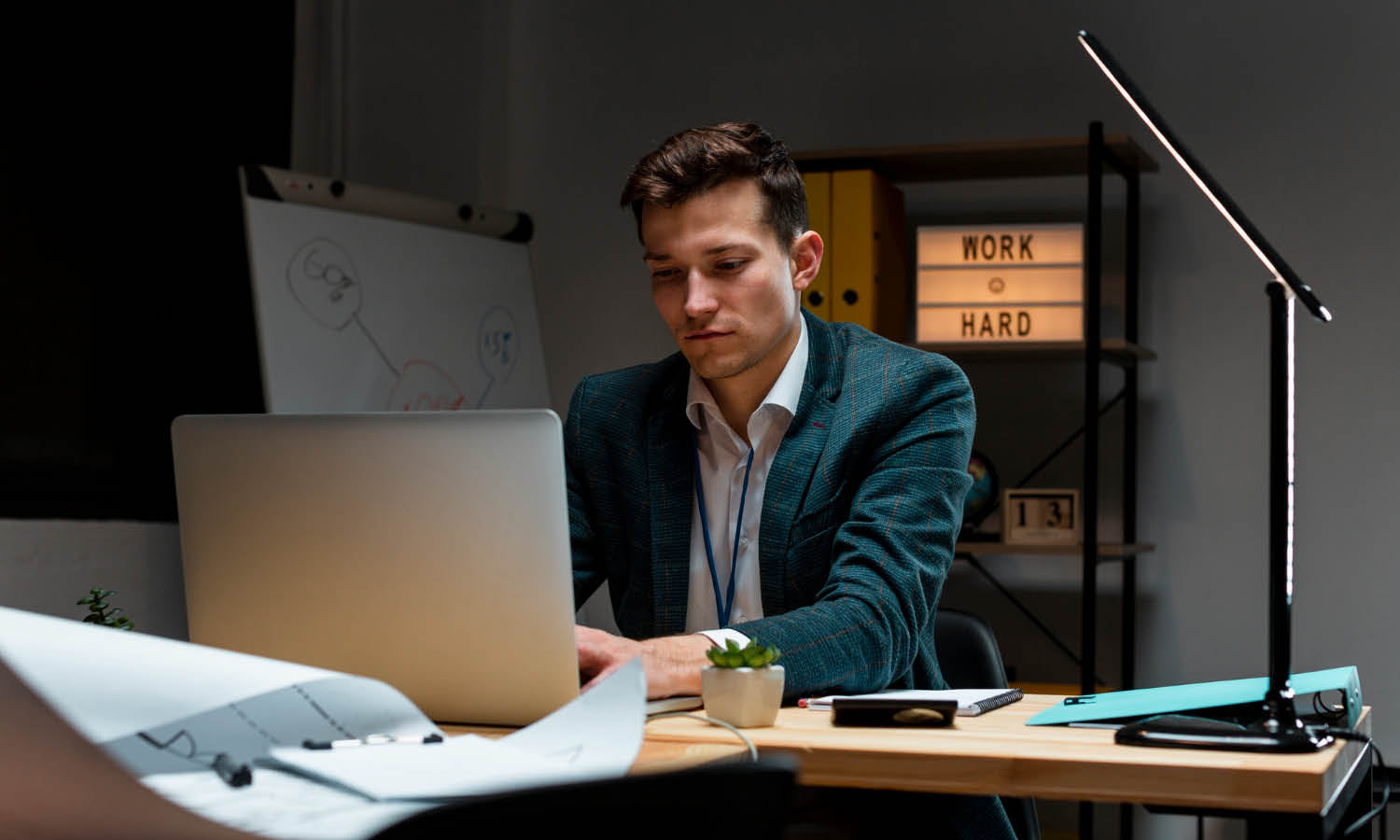What Happen If You Use A Trademarked Logo Without Permission

Logos are powerful symbols that represent a brand’s identity, reputation, and credibility. They distinguish businesses in the marketplace and create a visual connection with consumers. However, not all logos are free for public use. Many are protected by trademark laws, which grant exclusive rights to their owners. Using a trademarked logo without permission can lead to serious consequences, ranging from legal disputes to financial penalties.
A trademark serves as a legal safeguard against unauthorized use of a brand’s visual assets. It ensures that businesses maintain control over their logos and prevents consumer confusion. When an individual or company uses a trademarked logo without consent, it may be seen as infringement. This not only violates intellectual property laws but can also result in lawsuits, monetary damages, and even criminal charges in extreme cases.
Many people mistakenly believe that using a logo for personal or non-commercial purposes is acceptable. However, even unintentional misuse can lead to legal complications. Whether it is on websites, social media, merchandise, or marketing materials, unauthorized use of a logo can cause brand dilution and reputational harm. Understanding the risks associated with using a trademarked logo without permission is essential to avoiding costly mistakes and protecting one’s business integrity.
Legal Action From The Trademark Owner
When a business or individual uses a trademarked logo without permission, the trademark owner has the legal right to take action. Trademark laws protect intellectual property, ensuring that brands maintain control over their logos and prevent unauthorized use. If an infringement is discovered, the trademark owner may initiate legal proceedings to defend their rights.
Legal action typically begins with a formal complaint. The trademark owner can file a lawsuit against the infringing party, seeking damages for unauthorized use. Courts often take trademark violations seriously, especially when the infringement causes financial harm or brand confusion. If found guilty, the infringer may be required to pay significant fines, cover legal fees, and even surrender any profits earned from using the logo.
In some cases, trademark owners seek an injunction, which is a court order demanding the immediate removal of the logo from all materials, products, or advertisements. Failure to comply with this order can lead to further legal consequences, including contempt of court charges.
Cease-And-Desist Letter
A cease-and-desist letter is often the first step a trademark owner takes when addressing unauthorized use of their logo. This formal legal document demands that the infringing party immediately stop using the trademarked logo without permission. It serves as an official warning, outlining the legal rights of the trademark owner and the consequences of continued infringement.
The letter typically includes details about the trademark, evidence of unauthorized use, and a clear demand to cease all activities involving the logo. It may also set a deadline for compliance, giving the recipient a specific timeframe to remove the logo from websites, products, advertisements, or any other materials. In some cases, the letter may request written confirmation that the infringing party will not use the logo again in the future.
Ignoring a cease-and-desist letter can escalate the situation to a lawsuit. If the trademark owner proceeds with legal action, the infringing party may face financial penalties, forced removal of all materials featuring the logo, and even business closure. Courts often view non-compliance as an intentional violation, which can result in harsher legal consequences.
Receiving a cease-and-desist letter should not be taken lightly. If a business or individual receives one, they should consult with a legal professional to understand their options. In many cases, negotiating with the trademark owner or making necessary changes to branding can help avoid costly litigation. Respecting trademark rights is crucial to maintaining legal compliance and business credibility.
Financial Penalties
Using a trademarked logo without permission can result in severe financial penalties. Trademark laws are designed to protect businesses from unauthorized use of their brand identity, and violations can lead to costly legal consequences. If a trademark owner takes legal action, the infringing party may be ordered to pay substantial fines and compensation for damages.
Financial penalties vary depending on the severity of the infringement. Courts may impose statutory damages, which are predetermined fines set by law, or actual damages, which reflect the financial harm suffered by the trademark owner. In cases where the unauthorized use of a logo leads to brand confusion or loss of business, the penalties can be even higher.
Additionally, the infringing party may be required to cover the trademark owner's legal expenses. Attorney fees and court costs can accumulate quickly, making trademark disputes extremely expensive. Small businesses and individuals who unknowingly use a trademarked logo without permission may struggle to afford these financial burdens.
In some cases, willful infringement—where the unauthorized use of a logo is intentional—can lead to even more severe financial penalties. Courts may award treble damages, meaning the infringer must pay three times the actual financial loss suffered by the trademark owner.

Seizure Of Profits
One of the most serious consequences of using a trademarked logo without permission is the potential seizure of profits. If a business or individual generates revenue through unauthorized use of a protected logo, the trademark owner may have legal grounds to claim those earnings. Courts often rule in favor of the trademark owner, arguing that any profits made using the logo rightfully belong to its original creator.
Seizure of profits is especially common in cases where the unauthorized use of a logo leads to brand confusion. If customers mistakenly believe they are purchasing from the original brand, the infringer is seen as unfairly benefiting from the trademark owner's reputation. As a result, courts may require the infringing party to forfeit all revenue earned from the sale of goods or services associated with the unauthorized logo.
The process of profit seizure involves a financial audit, where the court examines sales records, marketing activities, and revenue streams linked to the infringing logo. Businesses that fail to provide accurate financial documentation may face additional penalties. In extreme cases, the trademark owner may also claim compensation for potential future profits lost due to brand damage.
Business Reputation Damage
Using a trademarked logo without permission can severely harm a business’s reputation. A company’s brand image is built on trust, originality, and professionalism. When a business is caught using another entity’s logo without authorization, it creates an impression of dishonesty, negligence, or even unethical practices. This loss of credibility can have long-lasting consequences.
Consumers value authenticity, and when they discover that a company has misused a trademarked logo, they may question its integrity. Customers may assume the business intentionally engaged in deceptive practices, leading to a loss of trust and a decline in sales. Even if the infringement was unintentional, the negative perception can be difficult to reverse.
Business partnerships can also be affected by trademark violations. Investors, collaborators, and suppliers prefer to work with legally compliant brands. A company involved in trademark disputes may find it challenging to secure new business relationships or maintain existing ones. Competitors may also use the infringement as an opportunity to highlight their own legitimacy, further damaging the infringing business’s market position.
Risk Of Criminal Charges
In some cases, using a trademarked logo without permission can result in criminal charges. While many trademark disputes are handled through civil lawsuits, certain types of infringement—such as counterfeiting and fraudulent branding—are considered criminal offenses. These violations carry severe penalties, including fines, confiscation of assets, and even imprisonment.
Counterfeiting is one of the most serious forms of trademark infringement. When a business or individual creates fake products using a well-known trademarked logo, they are engaging in fraud. This type of infringement is commonly seen in industries such as fashion, electronics, and pharmaceuticals. Governments worldwide enforce strict anti-counterfeiting laws to protect consumers from deceptive and potentially harmful products.
In addition to counterfeiting, intentional trademark infringement can lead to criminal charges if it involves deception or financial fraud. If a business knowingly misrepresents itself by using a trademarked logo to attract customers under false pretenses, it may face legal consequences beyond civil litigation. Authorities may investigate such cases, leading to criminal prosecution.
Penalties for criminal trademark infringement depend on the severity of the violation and the jurisdiction. In some countries, individuals convicted of counterfeiting or willful trademark violations may face years of imprisonment. Businesses involved in criminal trademark infringement may be forced to shut down, with assets seized to compensate for damages.
Trademark Dilution Claims
Using a trademarked logo without permission can lead to trademark dilution claims, which occur when unauthorized use weakens the uniqueness or distinctiveness of a well-known brand. Unlike standard trademark infringement cases that focus on consumer confusion, dilution claims arise when the integrity of a famous logo is harmed, even if there is no direct competition between the two parties.
Trademark dilution is categorized into two forms: blurring and tarnishment. Blurring happens when the unauthorized use of a logo makes the original brand less distinctive, reducing its exclusivity. For example, if a lesser-known company uses a similar logo to a globally recognized brand, consumers may no longer associate the original logo with its rightful owner as strongly as before. Tarnishment, on the other hand, occurs when the unauthorized use damages the brand’s reputation, often by associating it with lower-quality products or controversial content.
If a trademark owner believes their logo is being diluted, they can file a lawsuit to protect their brand’s integrity. Courts often rule in favor of well-established brands, requiring the infringing party to cease all use of the logo and, in some cases, pay damages.
To avoid trademark dilution claims, businesses must conduct thorough research before using any logo that resembles an existing trademark. Seeking permission or creating a unique logo is the best way to ensure compliance with intellectual property laws while maintaining a professional and legally secure brand identity.

Loss Of Business Opportunities
Using a trademarked logo without permission can result in lost business opportunities, affecting long-term growth and professional relationships. Many companies, investors, and partners prioritize working with businesses that follow ethical and legal branding practices. If a company is found using another entity’s logo without authorization, it may struggle to attract new clients or secure valuable partnerships.
When a business is accused of trademark infringement, it can face legal disputes that consume time, money, and resources. Instead of focusing on growth and expansion, the company must divert efforts to legal defense, delaying new projects and reducing market competitiveness. This can be particularly damaging for startups and small businesses that rely on branding and trust-building to establish themselves.
Additionally, trademark disputes can tarnish a company’s professional image, leading to a decline in customer trust. Consumers prefer brands that demonstrate originality and legal integrity. If a business is caught using a trademarked logo without permission, potential clients may perceive it as dishonest or unprofessional. As a result, they may choose to work with competitors who maintain ethical business practices.
Even if legal action is not taken, a company known for using unauthorized logos may be blacklisted by industry leaders and professional networks. Business directories, marketing agencies, and online marketplaces often restrict brands that have a history of intellectual property violations.
Permanent Injunctions
When a business or individual uses a trademarked logo without permission, courts may issue a permanent injunction to prevent further infringement. A permanent injunction is a legally binding court order that requires the infringing party to immediately stop using the trademarked logo in any form, including on products, advertisements, websites, and marketing materials.
Permanent injunctions are typically granted when a trademark owner proves that unauthorized use of their logo has caused significant damage to their brand or has the potential to mislead consumers. Once issued, the infringing party must remove the logo from all physical and digital platforms. Failure to comply can result in severe legal consequences, including fines and additional lawsuits.
In some cases, a court may also require the infringer to destroy any materials containing the unauthorized logo. This can be costly for businesses that have already invested in packaging, signage, merchandise, or promotional content. Additionally, companies that violate a permanent injunction may be held in contempt of court, leading to further penalties, including potential business closure.
Obtaining a permanent injunction is a common legal remedy for trademark owners seeking to protect their brand identity. It serves as a strong deterrent against future misuse and reinforces the exclusive rights of the trademark holder. To avoid facing such legal action, businesses should always seek permission before using a trademarked logo and ensure they comply with intellectual property laws to maintain a reputable and legally sound brand.
Difficulty Registering Your Own Trademark
Using a trademarked logo without permission can create significant challenges when attempting to register your own trademark in the future. Trademark offices conduct thorough searches to ensure new trademarks do not infringe on existing ones. If your logo is too similar to a previously registered trademark, your application may be denied, preventing you from legally protecting your brand.
Trademark conflicts often arise when businesses unknowingly adopt logos that resemble well-known brands. Even if the infringement was unintentional, the original trademark owner can oppose your registration, arguing that your logo could cause confusion among consumers. This opposition can lead to lengthy legal disputes, delaying the registration process and increasing legal costs.
If a business has a history of using trademarked logos without permission, trademark authorities may view it as a repeat offender, making approval more difficult. This can also lead to reputational damage, making it harder to establish credibility with customers and business partners.
In some cases, businesses that have previously used an unauthorized logo may be forced to rebrand entirely before they can successfully register a new trademark. This includes designing a new logo, updating marketing materials, and informing customers of the change—all of which can be expensive and time-consuming.
Conclusion
Using a trademarked logo without permission carries serious legal, financial, and reputational consequences. From lawsuits and financial penalties to permanent injunctions and business shutdowns, unauthorized use of a protected logo can be devastating. Trademark laws exist to safeguard brand identities and prevent consumer confusion. Whether intentional or accidental, infringement can lead to costly disputes and lost business opportunities. To avoid these risks, businesses should always conduct proper research, seek permission when necessary, and prioritize originality in their branding. Respecting intellectual property rights is essential for maintaining credibility, ensuring legal compliance, and building a strong, trustworthy brand in any industry.
Let Us Know What You Think!
Every information you read here are written and curated by Kreafolk's team, carefully pieced together with our creative community in mind. Did you enjoy our contents? Leave a comment below and share your thoughts. Cheers to more creative articles and inspirations!
















Leave a Comment